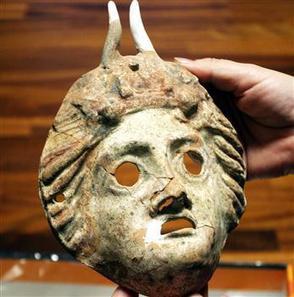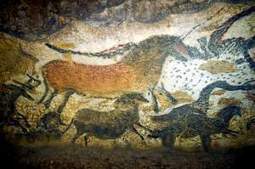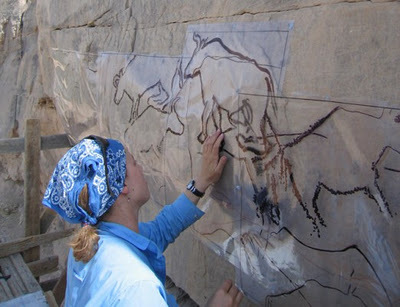Nuclear physicists are using accelerated ion beams to pinpoint the age and origin of material used in pottery, painting, metalwork and other art.
Research and publish the best content.
Get Started for FREE
Sign up with Facebook Sign up with X
I don't have a Facebook or a X account
Already have an account: Login

 Your new post is loading... Your new post is loading...
 Your new post is loading... Your new post is loading...
|

Cindy Garcia's curator insight,
October 12, 2013 7:36 AM
The webpage of Archaeology News Network, Writes about a discovery of French archaeologists tumble cross a rare neolithic "earth mother" figurine on the banks of the river Somme.(by Tann,) 
Sarah Kerr's curator insight,
October 31, 2013 3:42 PM
This 6,000 year old figurine was found by the banks of Somme. The figurine depicts a woman and has taken on the name of "Lady of Villers-Carbonne". Some Neolithic experts guess that it is a figurine of a fertility goddess. The find was rare since most Neolithic findings have been found in Southern Europe while this was discovered in Northern Europe. |




























